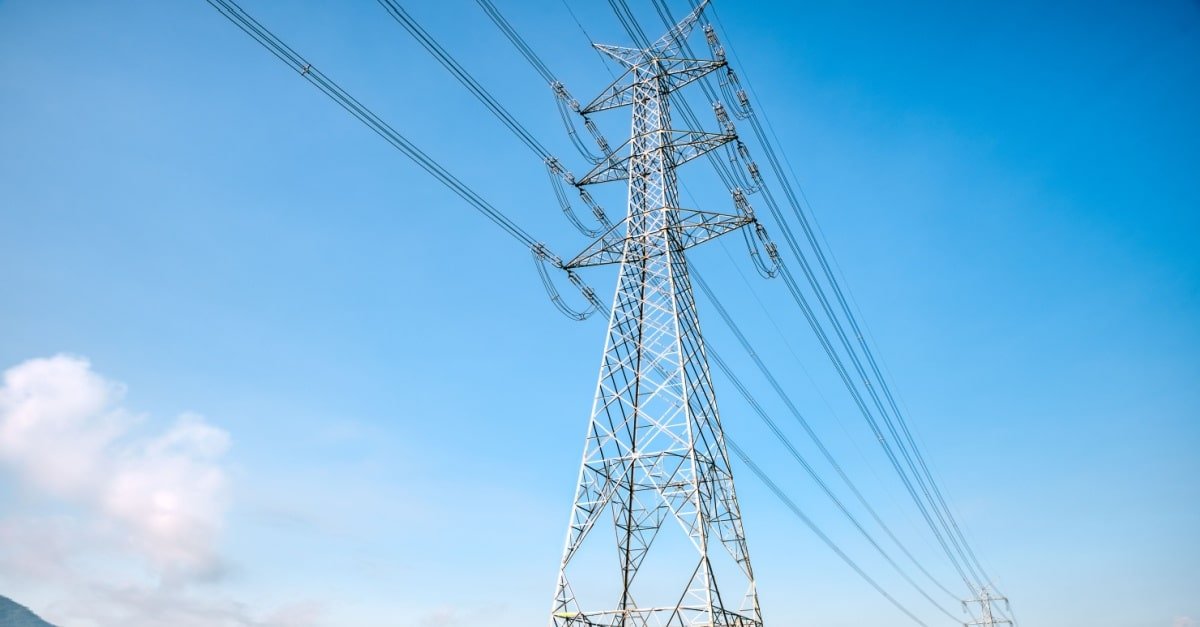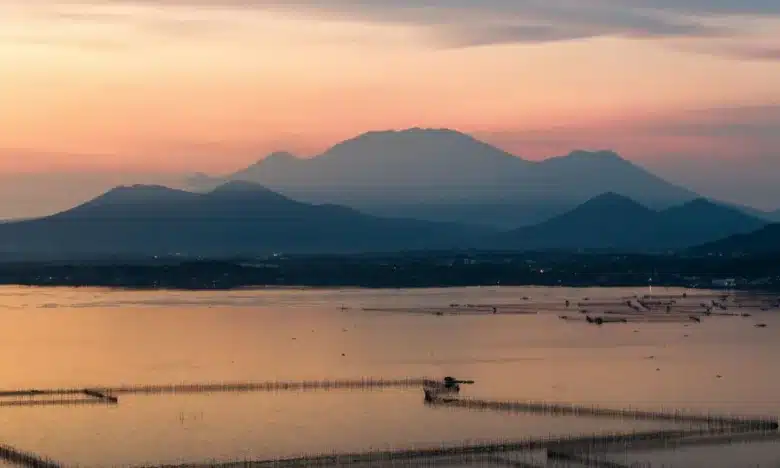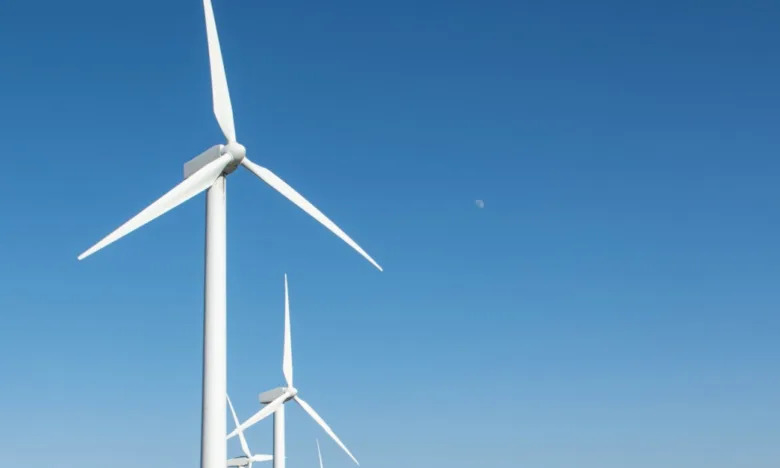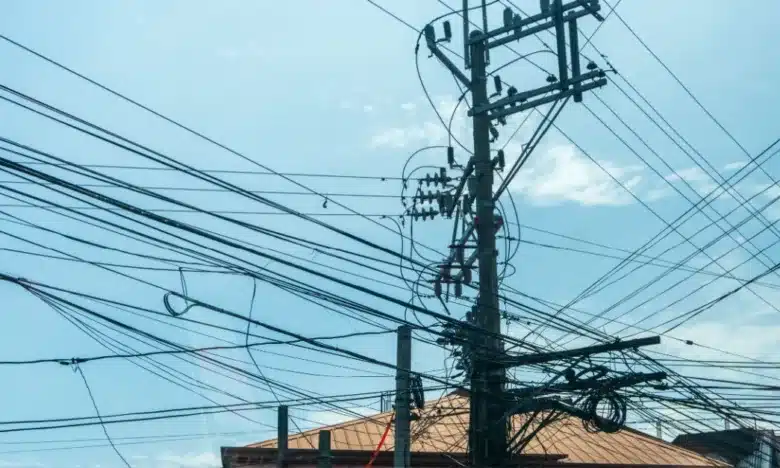
Powering Through 2024: Top 5 Energy Highlights in the PH
- January 20, 2025
In 2024, the Philippines’ energy sector saw significant shifts, driven by rising demand and a push for consistent, efficient power solutions. Renewable energy gained traction with innovative projects, while fossil fuels remained essential for energy security. These efforts showcased the nation’s commitment to balancing growth and sustainability.
Here are some highlights from the year:
1. Unprecedented heat waves exposed power grid deficiencies
In April 2024, record heatwaves and widespread power outages plunged Luzon and the Visayas into an energy crisis. Millions faced blackouts, with peak demand in Luzon nearly surpassing supply, exposing the grid’s vulnerabilities. Compounding the problem, power plants across both regions experienced forced outages or reduced capacity, including 18 in Luzon and 13 in the Visayas.
The effects of El Niño have left 70% of hydroelectric plants in the Philippines operating below capacity. The Institute for Climate and Sustainable Cities (ICSC), citing Department of Energy data, revealed that Luzon experienced a 22% drop in hydroelectric power output during the first quarter of the year.
To address this issue, the Department of Energy (DOE) enforced the Grid Operating and Maintenance Program (GOMP), prompting strict adherence to maintenance schedules. “The plant operators must always be prepared,” emphasized Energy Undersecretary Mario Marasigan, warning of penalties for non-compliance.
To meet the rising electricity demand, DOE Undersecretary Rowena Cristina Guevara announced that the country was set to add 4,164.92 MW of power supply in 2024. Major contributors include the Mariveles Coal-Fired Power Plant (600 MW) and Batangas Combined Cycle Power Plant (1,320 MW).
2. Economic expansion outside Luzon
Economic decentralization has driven growth in areas like Central Visayas, which became the Philippines’ fastest-growing economy in 2023, achieving a 7.3% growth rate. This boosted the region’s GDP to ₱1.38 trillion from ₱1.29 trillion the previous year. As the region’s economic hub, Cebu comprises half of Central Visayas’ energy demand, underscoring its importance in the region’s expansion.
In 2023, the Davao Region’s economy expanded by 6.7%, reaching a Gross Regional Domestic Product (GRDP) of ₱1.02 trillion. This elevated Davao to a trillion-peso economy, placing it alongside major economic regions such as NCR, CALABARZON, Central Luzon, Central Visayas, and Western Visayas.
The Department of Energy (DOE) projects that Mindanao’s power demand will rise by 8.2% to 2,789 MW by 2025.
3. Calls for more reliable and efficient energy
Multiple incidents of power disruptions highlighted systemic vulnerabilities with significant economic and social implications.
In January 2024, Panay Island experienced a widespread blackout, disrupting business activities, particularly in Iloilo City. Iloilo Governor Arthur Defensor Jr. reported that the province suffered about ₱3.8 billion in economic losses due to the four-day blackout in Western Visayas.
On December 1, 2024, a submarine cable fault caused a prolonged power outage in Siargao Island, leading to a state of calamity for Siargao and Bucas Grande Islands. The blackout disrupted daily life, tourism, and businesses, with losses up to ₱100,000 per day per business and temporary closures. Water shortages forced residents to travel for supply, and fisherfolk faced doubled ice prices, hampering fish storage.
With the goal of improving electricity service reliability and addressing frequent outages in Davao del Norte, the House of Representatives approved on second reading House Bill 11072. This aimed to expand the franchise area of Davao Light and Power Company (Davao Light) into regions previously served by the Northern Davao Electric Cooperative (Nordeco).
Meanwhile, a proposed joint venture between Manila Electric Co. (Meralco) and Batangas Electric Cooperative Inc. (BATELEC) 1 and 2 has gained support from 18 mayors in Batangas. The partnership aims to tackle the province’s ongoing power outages and brownouts.
4. Notable renewable energy projects
In 2024, the Philippines made remarkable strides in renewable energy development.
Luzon launched the Terra Solar project, poised to be the world’s largest solar and battery storage facility. Situated in Nueva Ecija and Bulacan, it will combine a 3,500-MW solar plant with a 4,500 MWh battery system, aiming to power 2.4 million households by 2027.
Recently, Aboitiz Renewables Inc. (ARI) inaugurated the 173-megawatt peak (MWp) Calatrava Solar Project in Negros Occidental.
The Department of Energy (DOE) has expressed strong support for a recent report from the Board of Investments (BOI), which highlighted a record P1.35 trillion in investments secured from January to September, surpassing last year’s total of P1.26 trillion. A major contributor to this growth is the energy sector, which accounted for P1.29 trillion, or 95%, with renewable energy leading the way.
5. Significant role of coal in the energy mix
While the National Renewable Energy Program (NREP) targets a 35% renewable energy share by 2030 and 50% by 2050, the DOE recognizes that achieving these goals requires overcoming issues like grid integration, intermittency, and infrastructure development.
Eduardo Araral, associate professor at the Lee Kuan Yew School of Public Policy, highlighted during the 6th Paderanga-Varela Memorial Lecture that the Philippines’ energy system is not yet ready for a large-scale shift to renewable energy. “The grid is not yet ready…we don’t want our options to outpace the grid’s readiness,” he said. He also cautioned against rushing the transition, emphasizing that “Energy security and affordability, first and foremost. Decarbonization should be a second point.”
In response, DOE Undersecretary Guevara stressed the continued importance of coal power plants, stating, “Coal power plants have a role to play in the Philippine energy transition.”
In 2024, the Philippines’ energy sector faced both progress and challenges. While renewable energy projects marked significant milestones, issues such as grid reliability, energy security, and economic decentralization remained prominent. The country’s push for cleaner energy must be balanced with the continued role of coal in meeting power demand, especially as the grid works to integrate renewables. Calls for more reliable and efficient energy systems, alongside continued growth, underscore the need for strategic energy planning.
Sources:
https://www.pna.gov.ph/articles/1223430
https://www.sunstar.com.ph/cebu/ngcp-cebu-needs-more-power-plants
https://bilyonaryo.com/2024/12/09/tama-na-ang-politika-siargao-bleeding-millions-in-tourism-revenue-as-power-outage-drags-on/business
https://asian-power.com/project/news/aboitizpower-turns-173-mw-calatrava-solar-project
https://doe.gov.ph/national-renewable-energy-program
https://www.facebook.com/watch/live/?ref=watch_permalink&v=1676235962922048
https://philippines.licas.news/2024/04/16/hydroelectric-plants-running-below-capacity-due-to-el-nino-group-reports
https://www.philstar.com/business/2024/06/29/2366293/meralco-batelec-jv-gains-traction
https://rsso11.psa.gov.ph/gross-regional-domestic-product
https://solarquarter.com/2024/09/20/philippines-achieves-record-investments-in-renewable-energy-amid-doe-policy-reforms



